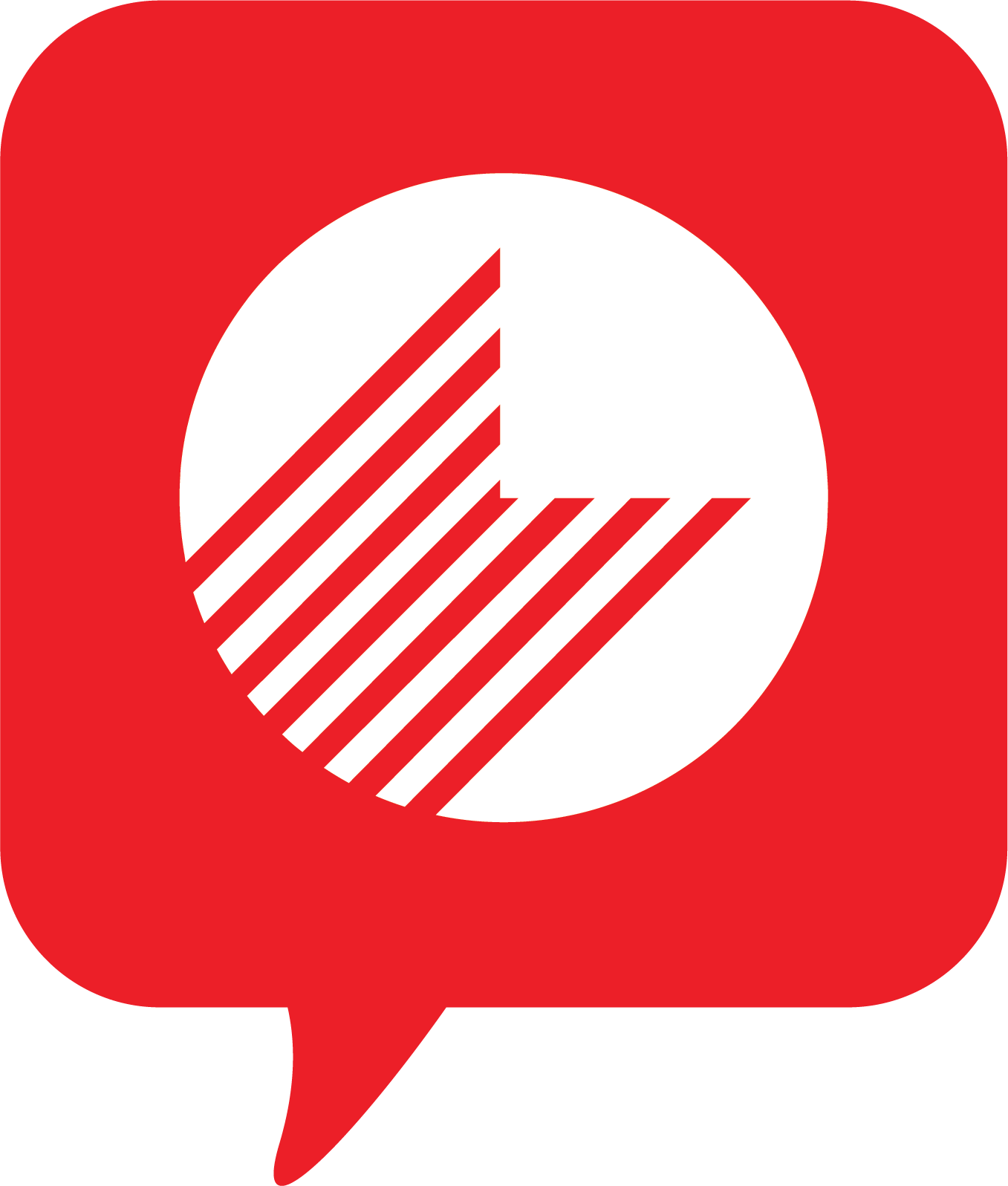Ransomware - Pirates of The World Wide Web

In the last few years, the IT landscape has changed dramatically. Cybersecurity threats are ubiquitous and it is not something that is going to go away. We hear new stories every day in which a ransomware or virus has hit an organization, paralyzing its systems and causing damage to its reputation, revenues and trust. A good example was the recent ransomware attack by the name WannaCrypt which infected many industries and left them paralyzed. As per security analysts, such monster ransomwares are going to double or triple in the coming years and are likely to keep IT security on top of the pyramid for many organizations.
With the latest innovations in the world of technology, we are now able to deliver desktops just-in-time from an on-premise datacenter or through the cloud. Such dynamic desktops can be provisioned with latest applications, software updates and security patches within no time. Data can be recovered from any point-in-time backup stored offsite and wipe and spin new desktops in an event of Ransomware / Virus attack, all in a matter of minutes. But what about those littered legacy windows desktop environments that have not been moved into cloud or datacenter due to various reasons. How will you secure and manage them or will just backing up the user data save you? What will you do if you are hit by a monster attack such as WannaCrypt which not only affects the data but locks down the PC . Are you prepared to handle such attacks for your legacy desktop environment? How do you mitigate the risk for legacy environment?
Bring the power of layering technology to legacy environment. Layering technology mitigates the key risks of an attack such as:
- Reducing the attack surface
- Security & patch updates
- Backup and restore availability
Layering technologies allows the IT teams to apply or provision up-to-date layer of operating system and application layers. This all happens in the background and the users are negligibly impacted. The required layers are downloaded quietly in the background and the user is prompted for a restart once done. After the restart, the endpoint is up-to-date with the latest operating system and updated applications. Layering solutions also provides ability to store full desktop snapshot of that user in the datacenter with continual changes by the IT or by the end user themselves, thus making it possible to do a full, partial or point-in-time system restore when needed.
Compared to other backup software which just allows you to restore files and in the case of system lock due to virus or ransomware or system corruption, you are left with only one choice and i.e. to reimage and copy the files back to the endpoint. On the other hand, layering allows you to just restore to specific point before the endpoint was hit by a ransomware or virus thus removing the risk from file’s and operating system as well.
What if the endpoint is not booting? Not to worry, since layering allows you to do a full endpoint restore using a bootable disk. That’s cool, right? Imagine the amount of time you would save when you have hundreds of endpoints that needs to be restored. And to top it, all of this is centrally managed and monitored.
At Microland, we help enterprises transform their legacy IT, secure their information and remediate technology debt in end user services. Remember the IT landscape is all the time shifting, and prevention works better than cure at least in the world of cyber-security.

















